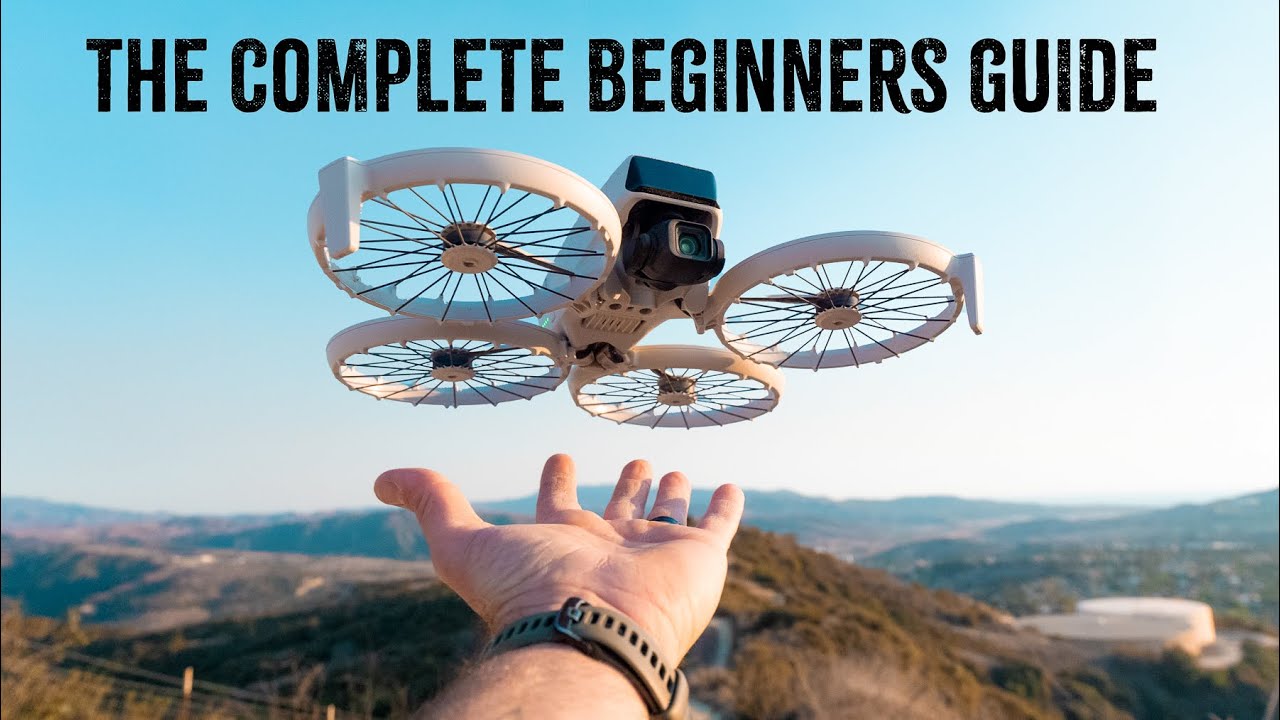The Flip Drone Saga: DJI’s Revolutionary Design and Its Impact on Aerial Innovation
Introduction
The drone industry has seen rapid evolution over the past decade, with companies like DJI leading the charge in innovation and market dominance. Among DJI’s portfolio, the Flip Drone stands out as a unique proposition, blending performance with an audacious design philosophy. This report delves into the journey of the DJI Flip Drone, exploring its development, market reception, technological specifications, and future prospects.
Genesis and Development
The concept of the DJI Flip Drone began to take shape around 2017, when DJI’s R&D team, led by @FrankWang, the company’s founder, started exploring ways to make drones more portable and user-friendly. The idea was to create a drone that could fold into a compact form, which not only reduces its footprint for transport but also introduces a novel flying mechanism.
Development took about three years, involving multiple prototypes, rigorous testing phases, and iterative design adjustments. Key engineers like @MingYang and @LiJun played pivotal roles in overcoming the aerodynamic challenges posed by a folding design. The project, internally codenamed “Project Flip,” aimed to revolutionize how consumers interact with drones.
Launch and Market Entry
The Flip Drone was officially unveiled at the Consumer Electronics Show (CES) in Las Vegas in January 2020, with its market release following in March of the same year. The launch was met with a mix of intrigue and skepticism. Here’s what stood out:
-
Price Point: Priced at $1,499, it was positioned as a premium yet accessible product, aiming to attract both hobbyists and professionals.
-
Marketing Strategy: DJI capitalized on social media influencers and tech reviewers to showcase the drone’s unique flipping capability, using hashtags like #FlipItToFly and #DJIInnovation.
Technology and Specifications
The Flip Drone boasts several cutting-edge features:
-
Folding Mechanism: The drone can fold into a compact shape, reducing its size by nearly 60% when not in use, making it highly portable.
-
Flight Dynamics: It uses a custom-designed gimbal system (@GimbalTech) that compensates for the motion during flipping, ensuring stable footage even during maneuvers.
-
Camera: Equipped with a 4K camera capable of 60 fps, it includes a 1-inch CMOS sensor for superior image quality.
-
Flight Time: Offers up to 30 minutes of flight time on a single charge, thanks to an optimized battery system designed by @BatteryTech.
-
Control System: Features DJI’s OcuSync 3.0 for enhanced transmission range and stability, allowing for a control distance of up to 10 kilometers.
-
Obstacle Avoidance: Incorporates a comprehensive obstacle sensing system, which was a significant point of contention due to its integration with the flipping mechanism.
Unique Capabilities and Market Reception
The Flip Drone’s most talked-about feature is its ability to flip in flight, which was initially perceived as a gimmick. However, this capability:
-
Increased Agility: Allows for dynamic shots in tight spaces, appealing to filmmakers and content creators.
-
User Engagement: The flipping feature has turned drone flying into a more interactive and fun experience, as noted by @DroneEnthusiast.
However, its uniqueness also brought challenges:
-
Maintenance Concerns: The complex mechanics involved in flipping introduced potential points of failure, leading to discussions on forums like @DroneTalk about its durability.
-
Learning Curve: Users needed time to adapt to the new control dynamics, which was a hurdle for some, as mentioned by @TechReviewer.
Future Prospects and Similar Designs
DJI has hinted at expanding the Flip Drone line:
-
Larger Model: There are rumors of a larger model, possibly named Flip Pro, which would cater to professional filmmakers needing longer flight times and heavier payloads.
-
Smaller Version: A mini version has been discussed, aiming at the casual consumer market, potentially integrating with smartphones for control.
However, no concrete release dates or detailed specifications have been officially announced.
Accessories and Ecosystem
The Flip Drone has spurred a market for accessories:
-
Protective Cases: Given its unique shape, custom cases by brands like @Pelican have become popular.
-
Propellers: Due to the flipping mechanism, reinforced or custom propellers are in demand (@PropellerPro).
-
Gimbal Covers: To protect the delicate camera system, users often purchase covers from @GimbalGuard.
-
Batteries and Chargers: Additional batteries and fast chargers are sought after for extended shooting sessions.
Conclusion
The DJI Flip Drone represents a bold step in drone technology, blending form with function in a way that has both captured the imagination of the market and posed new challenges. While its flipping capability has divided opinions, it undeniably marks a significant chapter in DJI’s history of innovation. As the drone ecosystem grows, the Flip Drone’s legacy will likely influence future designs, pushing the boundaries of what aerial technology can achieve.
#DroneTech #ConsumerTech #AerialPhotography
